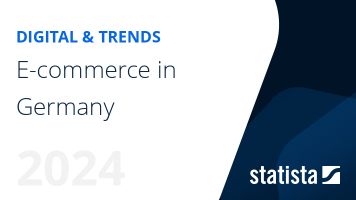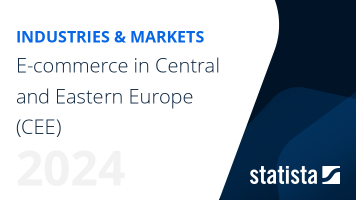Online shopping behavior in Russia - statistics & facts
Russian e-shopper profile
As e-commerce has been highly present in the Russian retail market for more than a decade, many users have years of online shopping experience. Namely, 44 percent have been ordering goods and services online for three to five years and 37 percent for six to ten years. One-third of e-commerce users in Russia are aged between 35 and 44 years, representing the largest category of online shoppers, followed by 25-to-34-year-olds. The gender distribution of online marketplace customers is fairly even, with women accounting for a slightly larger share.Preferred products for online shopping
Apparel, cosmetics, and body care topped the ranking of most popular categories in e-commerce in Russia. Two-thirds of Russians preferred to select clothes online, and more than 60 percent chose e-shops over physical stores for buying such items. To compare, in the footwear category, traditional retail was the most-preferred option. Furthermore, the country had the second-highest penetration of online grocery delivery worldwide, at over half of internet users.Mobile e-commerce in Russia
Russia ranks among the countries with the most shopping app downloads. The app of Wildberries alone was installed around 30 million times over the course of 2023, while Ozon recorded 20 million downloads. Besides general marketplaces, a sporting goods retailer Sportmaster and beauty store chain L'Etoile had significant download figures. In the third quarter of 2023, almost 30 percent of Russian internet users made a mobile purchase each week, which was close to the global average.Online shopping is expected to continue shaping Russia's retail market, with the e-commerce penetration rate projected to rise to almost 40 percent by 2029. Furthermore, as e-tailers increasingly offer mobile shopping opportunities, including those involving AR and VR technologies, and mobile internet penetration is increasing nationwide, the share of mobile e-commerce is expected to grow in the upcoming years and reach nearly 45 percent in 2028.










































